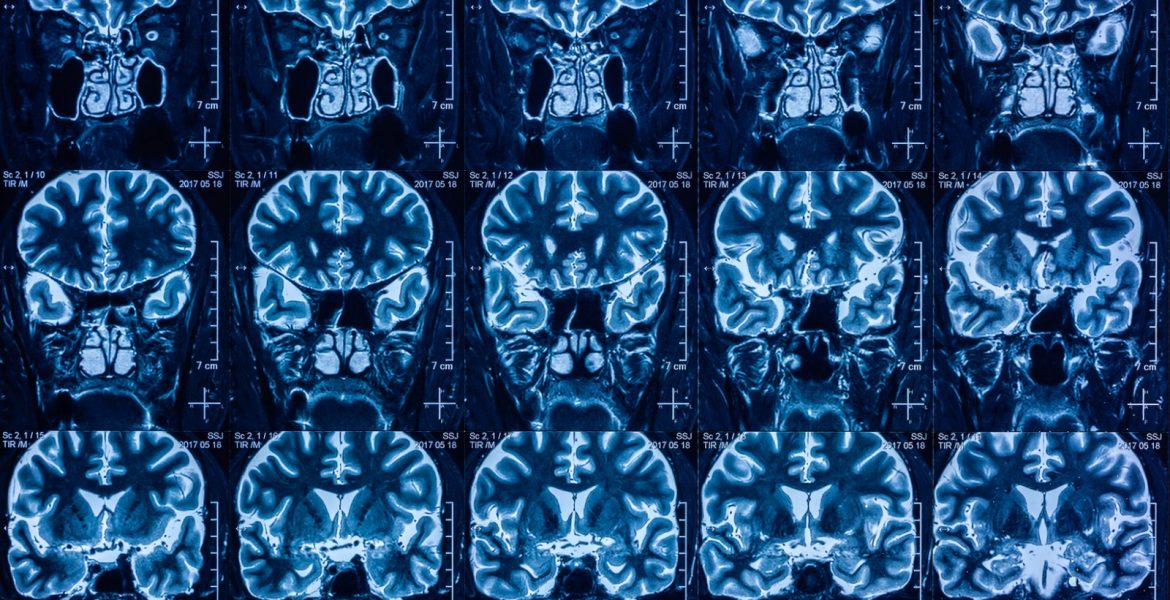Article takeaways:
- The definition of Neuromarketing
- The conditions that have made this field grow in importance
- A 10,000ft view on neuromarketing techniques and how it is done
The astonishing hypothesis is the somewhat jarring idea that everything you have ever felt, thought and done – even your everyday consciousness – are just products of neural activity in the brain. The field of neuromarketing may be relatively new, but the promise it holds in predicting the most unpredictable of behaviors – human rationality – shines a fascinating light on the future of reaching consumers.
As Chief Creative and Neuromarketing Officer of MOD, Nina Stanley has defined the experience agency’s aesthetic from years of designing products. Leading an innovative approach leveraging applied neuroscience, she empowers her team to find truth within user experiences, then cultivate desire and drive behavior.
Nina shed some insight into the field:
How would you define neuromarketing? What can it help accomplish?
Neuromarketing is the blend of applied neuroscience and marketing that is at the forefront of innovation in marketing and design. It allows brands to explore the human condition, predict the accuracy of marketing initiatives and navigate future decision-making. Ultimately, this allows marketers to create brand relevancy and product lust. Neuromarketing is changing consumer buying behavior; segments will continue to become more and more hyper-segmented, and marketers will understand more about what’s meaningful to the consumer.
For marketers, the more information brands have about this person’s wants, likes, drives, desires, needs, the easier and more accurately brands can help them find exactly what they’re looking for.
What inspired the need for neuroscience in marketing?
The ‘Paradox of Choice’, or the idea that too much choice leads to consumer paralysis and apathy. Today, the consumer is overwhelmed with choice. Neuromarketing allows for brands to understand the consumer’s subconscious decision-making process and emotional connections.
With this information, brands can tailor their message and product directly to their target audience’s needs.
What are some neuromarketing techniques that marketers can use to better predict the accuracy of marketing initiatives? Are any more effective than others?
Collecting and analyzing a combination of neurobiological (EEG, fMRI, fNIRS), physiological (pupil dilation, heart rate, skin conductance) and behavioral (eye tracking, facial coding, implicit association) data can better predict the accuracy of marketing initiatives. Using this combination of techniques unveils greater, more concrete, and more accurate human conditions and the reasoning behind them. It’s a groundbreaking approach to understanding consumers that is more effective than traditional focus group testing. In combining qualitative and quantitative data, consumer psychology and behavioral analytics, marketers can then use those insights to create a map for future decision-making.
How has neuromarketing and technology including EEG sensors and heart monitors helped define certain types of consumer profiles?
Through these techniques, marketers can unveil cross brain correlation and consumer profiles through commonalities in their subconscious decision-making processes, reactions, and recall.
From this, an advertiser can create and tailor messaging for segments based on those similarities, targeting needs, wants and preferences from the data collected.
How can using technology navigate future decision-making in marketing?
Through using technology, marketers are able to understand the consumer at a level deeper than the conscious and because of that, are able to unlock unbiased reactions and processes. This understanding of how they’re reacting and processing today enables us to navigate decision-making for and in the future.

